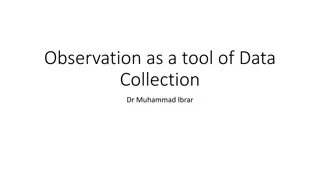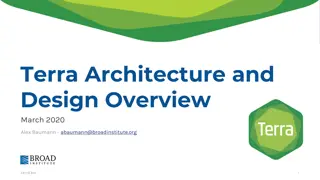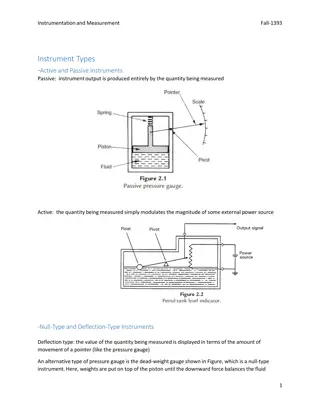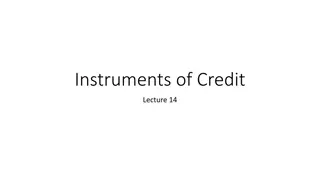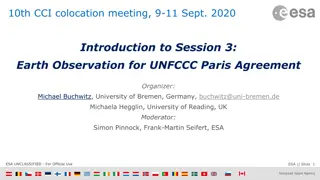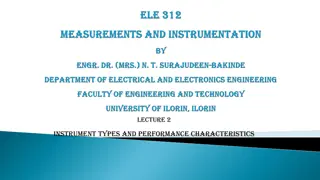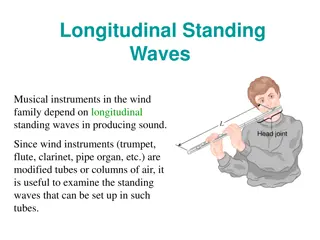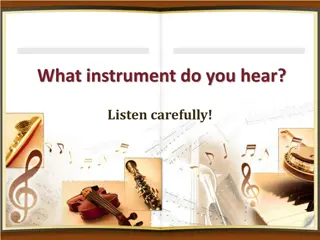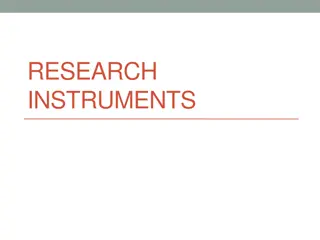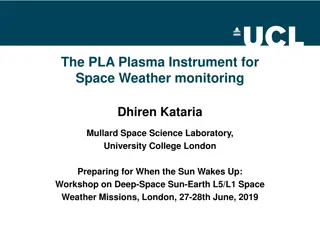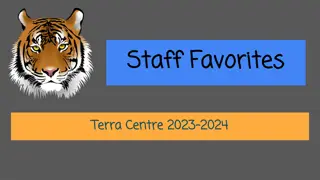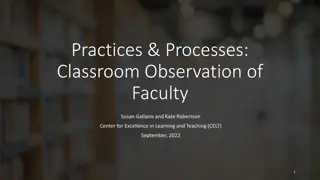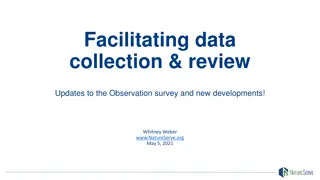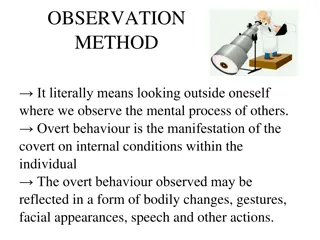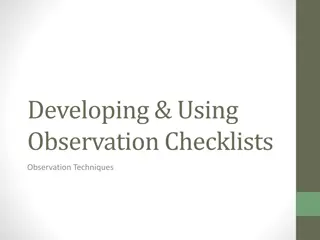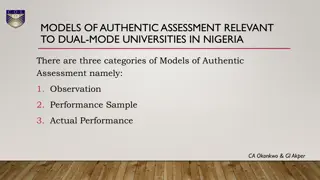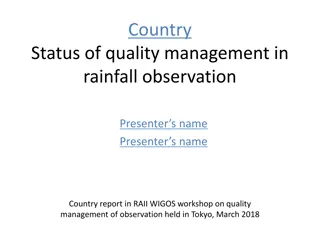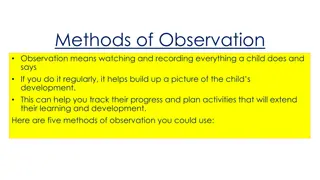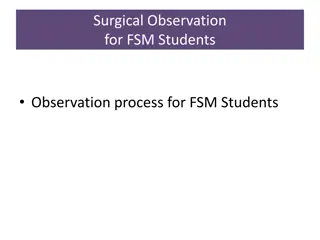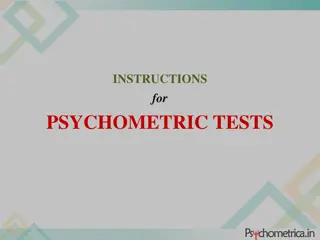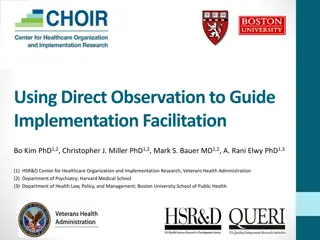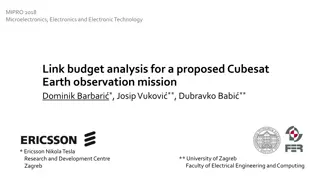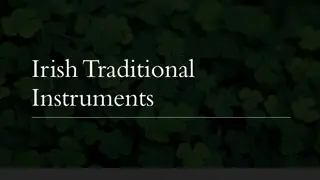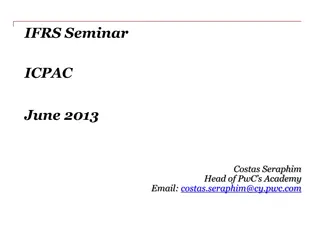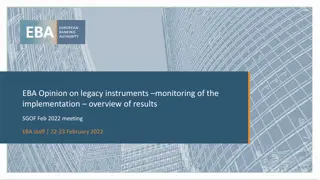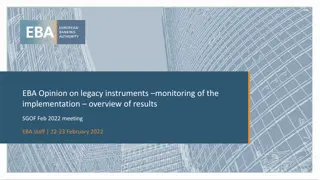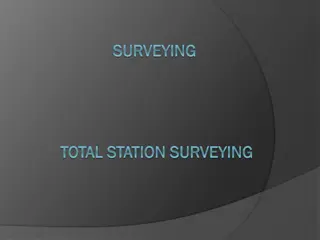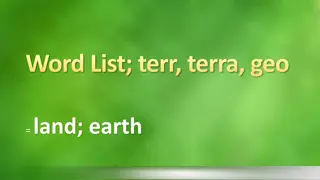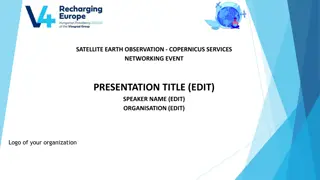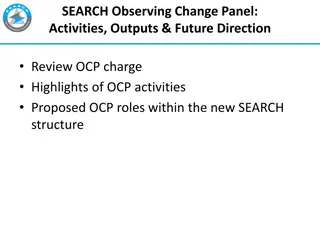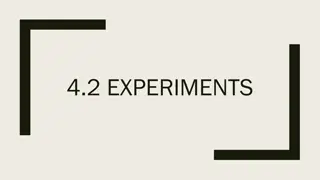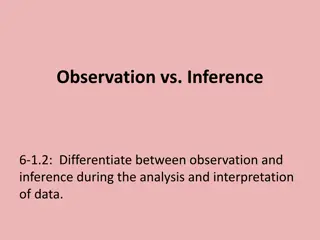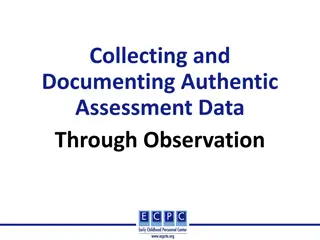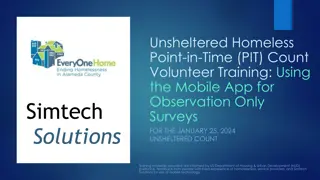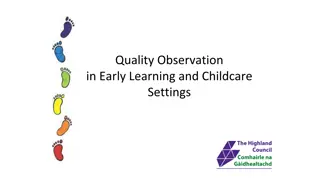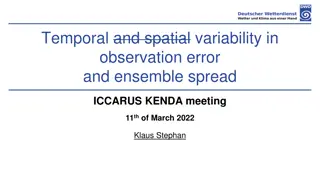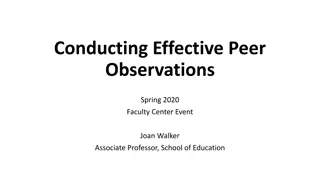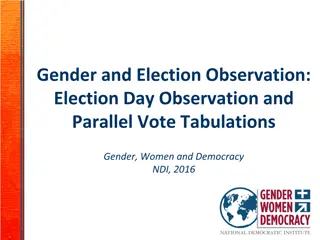Terra 2.0: Advancements in Earth Observation Instruments and Platforms
Terra 2.0 envisions a new mission continuation focusing on major improvements in research instruments like MODIS 2.0 and VIIRS, with enhanced capabilities for measuring various Earth parameters. The platform enhancements include smaller, lighter designs and multiple platforms for better coverage. Discussions revolve around the need for a single platform, operational dependencies, and leveraging a constellation approach for integrated science.
Download Presentation

Please find below an Image/Link to download the presentation.
The content on the website is provided AS IS for your information and personal use only. It may not be sold, licensed, or shared on other websites without obtaining consent from the author. Download presentation by click this link. If you encounter any issues during the download, it is possible that the publisher has removed the file from their server.
E N D
Presentation Transcript
Terra 2.0 The Vision Continuation and continuity of the Terra (AM polar orbiting platform) measurements with a new Terra mission Major improvements in all instruments Next generation research instruments (NASA s mission) like AVHRR to MODIS, not MODIS to VIIRS Precursor to next generation operational instruments (e.g. VIIRS 2.0) Addresses some Decadal Survey Measurements Builds on Synergy from Multiple Instruments on same platform e.g. MODIS cloud mask for CERES/MOPITT
Terra 2.0 Instruments MODIS 2.0 VIIRS with additional bands, finer spatial res. (inc. DNB) MISR 2.0 New: polarization, more bands, wider swath (e.g. ACE polarimeter) MOPITT 2.0 (Canada) New: Methane (surface level/column); improved spatial resolution CERES 2.0 RBI+ ASTER 2.0 HyspIRI CALIPSO 2.0 (free-flyer)
Terra 2.0 Platform(s) Platform - smaller/lighter (e.g. NPP/JPSS bus?) Multiple platforms (in AM constellation) Orbit 705 (Terra) vs. 822 (NPP/JPSS)? 16-day repeat, sun-synchronous 10:30 am equator crossing time for viable climate record
Other ideas, next steps? New (2015?) decadal survey EOS 2.0? What are the arguments for having a single platform? Current launch vehicles are sized for larger buses Operational dependencies cloud screening Copy and improve sensors vs. data sets and data products? Continue current products but add fusion products and other new products Why do we need another ASTER when we have Landsat x HyspIRI is not ASTER (or Landsat)
Next Steps, Discussion Decadal survey need to make a compelling case Build dependency user s will do our job for us we need to start advocating now Identify applications that would be addressed when Terra goes away e.g. data assimilation improves forecasts, etc. Terra demonstrated that near-real-time winds from MODIS and MISR are very cost effective Aerosol type EVI route? doesn t allow for integrated science NASA is now focused on Measurements (Aerosols, etc.) instead of Instrument/Platforms Constellation is best option for Integrated science What is the sweet spot between small and large platforms? Large platforms are lower risk and lower long-term cost but cost more are up front
Discussion For each instrument, is there a good argument for the AM constellation vs. PM (or other) constellation?


